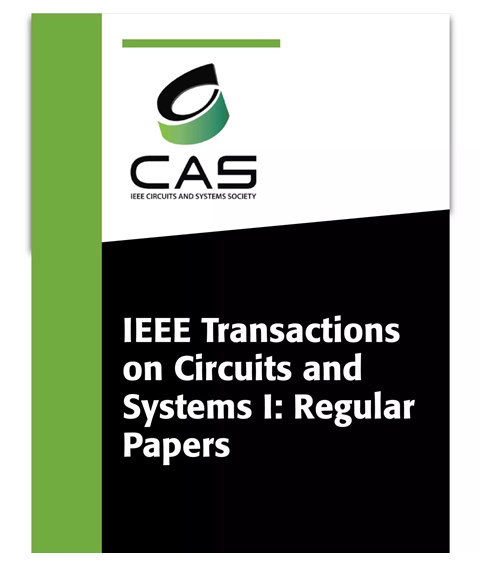Trio-ViT: Post-Training Quantization and Acceleration for Softmax-Free Efficient Vision Transformer
IF 5.2
1区 工程技术
Q1 ENGINEERING, ELECTRICAL & ELECTRONIC
IEEE Transactions on Circuits and Systems I: Regular Papers
Pub Date : 2024-11-04
DOI:10.1109/TCSI.2024.3485192
引用次数: 0
Abstract
Motivated by the huge success of Transformers in the field of natural language processing (NLP), Vision Transformers (ViTs) have been rapidly developed and achieved remarkable performance in various computer vision tasks. However, their huge model sizes and intensive computations hinder ViTs’ deployment on embedded devices, calling for effective model compression methods, such as quantization. Unfortunately, due to the existence of hardware-unfriendly and quantization-sensitive non-linear operations, particularly Softmax, it is non-trivial to completely quantize all operations in ViTs, yielding either significant accuracy drops or non-negligible hardware costs. In response to challenges associated with standard ViTs, we focus our attention towards the quantization and acceleration for efficient ViTs, which not only eliminate the troublesome Softmax but also integrate linear attention with low computational complexity, and propose Trio-ViT accordingly. Specifically, at the algorithm level, we develop a tailored post-training quantization engine taking the unique activation distributions of Softmax-free efficient ViTs into full consideration, aiming to boost quantization accuracy. Furthermore, at the hardware level, we build an accelerator dedicated to the specific Convolution-Transformer hybrid architecture of efficient ViTs, thereby enhancing hardware efficiency. Extensive experimental results consistently prove the effectiveness of our Trio-ViT framework. Particularly, we can gain up to求助全文
约1分钟内获得全文
求助全文
来源期刊
CiteScore
9.80
自引率
11.80%
发文量
441
审稿时长
2 months
期刊介绍:
TCAS I publishes regular papers in the field specified by the theory, analysis, design, and practical implementations of circuits, and the application of circuit techniques to systems and to signal processing. Included is the whole spectrum from basic scientific theory to industrial applications. The field of interest covered includes: - Circuits: Analog, Digital and Mixed Signal Circuits and Systems - Nonlinear Circuits and Systems, Integrated Sensors, MEMS and Systems on Chip, Nanoscale Circuits and Systems, Optoelectronic - Circuits and Systems, Power Electronics and Systems - Software for Analog-and-Logic Circuits and Systems - Control aspects of Circuits and Systems.

 求助内容:
求助内容: 应助结果提醒方式:
应助结果提醒方式:


